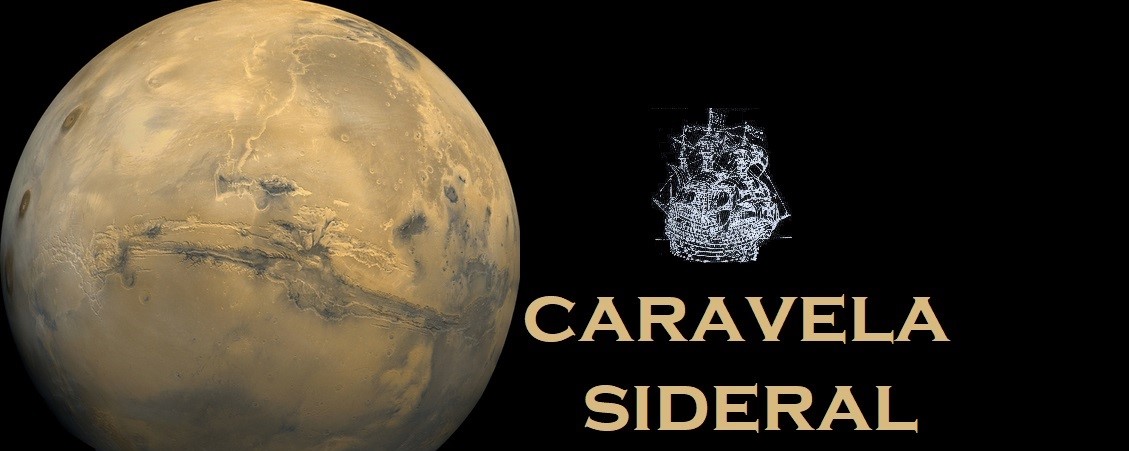 |
B14-65666, the oldest known galactic drama / o mais antigo drama galáctico conhecido.
Image ALMA |
In the image, the contribution of ALMA, in which red represents dust, green is oxygen and blue identifies carbon. The white zones are Hubble's visible light contribution.
B14-65666 is a distant object, which is 13 million light years from Earth, which had already been observed by the Hubble Space Telescope, and which at the time identified two clusters of stars.
Recently, the ALMA, Atacama Large Millimeter / submillimeter Array, was able to visualize the object with greater definition and discovered that the B14-65666 is the oldest and most distant event of fusion of two galaxies observed until today and that occurred only one billion years after the creation of the universe.
Na imagem, a contribuição do ALMA, em que o vermelho representa a poeira, o verde é o oxigénio e o azul identifica o carbono. As zonas brancas são a contribuição em luz visível do Hubble.
B14-65666 é um objecto distante, que está a 13 milhões de anos luz da Terra, que já tinha sido observado pelo telescópio espacial Hubble, que na altura identificou dois aglomerados de estrelas.
Recentemente, o ALMA, Atacama Large Millimeter/submillimeter Array, conseguiu visualizar o objecto com maior definição e descobriu que o B14-65666 é o mais antigo e distante evento de fusão de duas galáxias observado até hoje e que ocorreu apenas um bilião de anos após a criação do universo.





















































